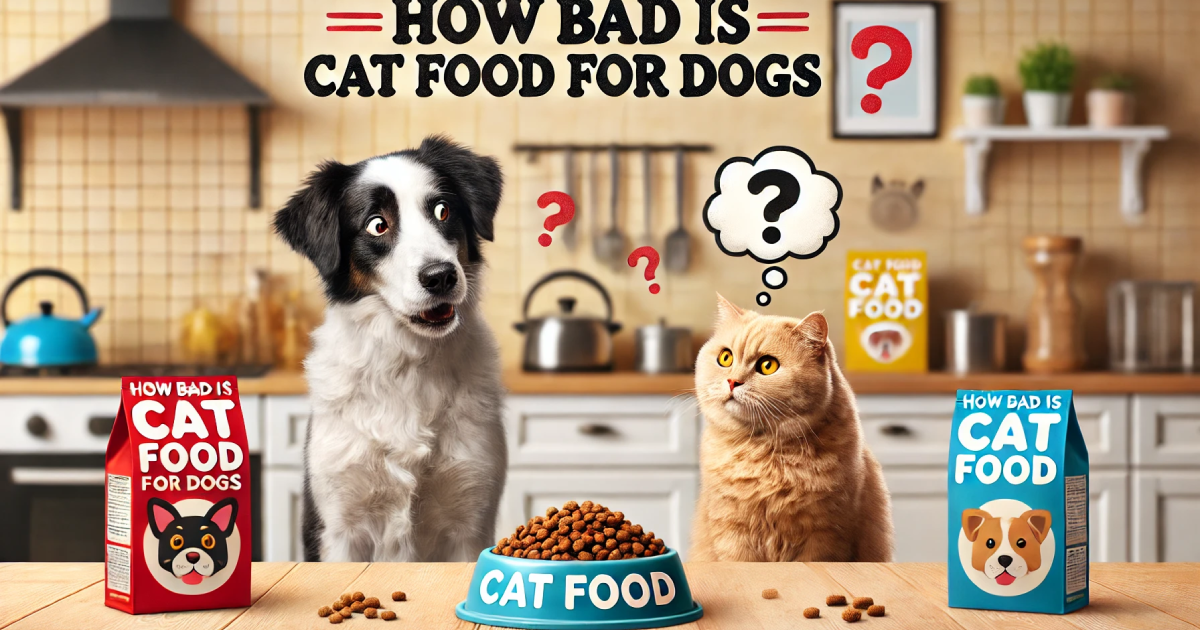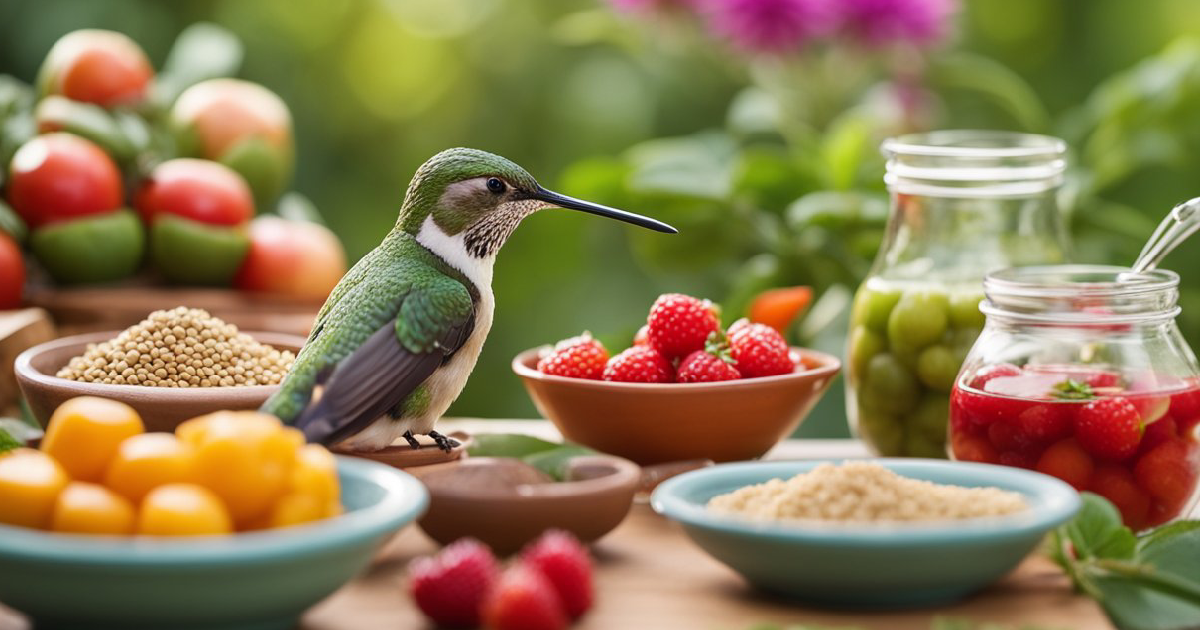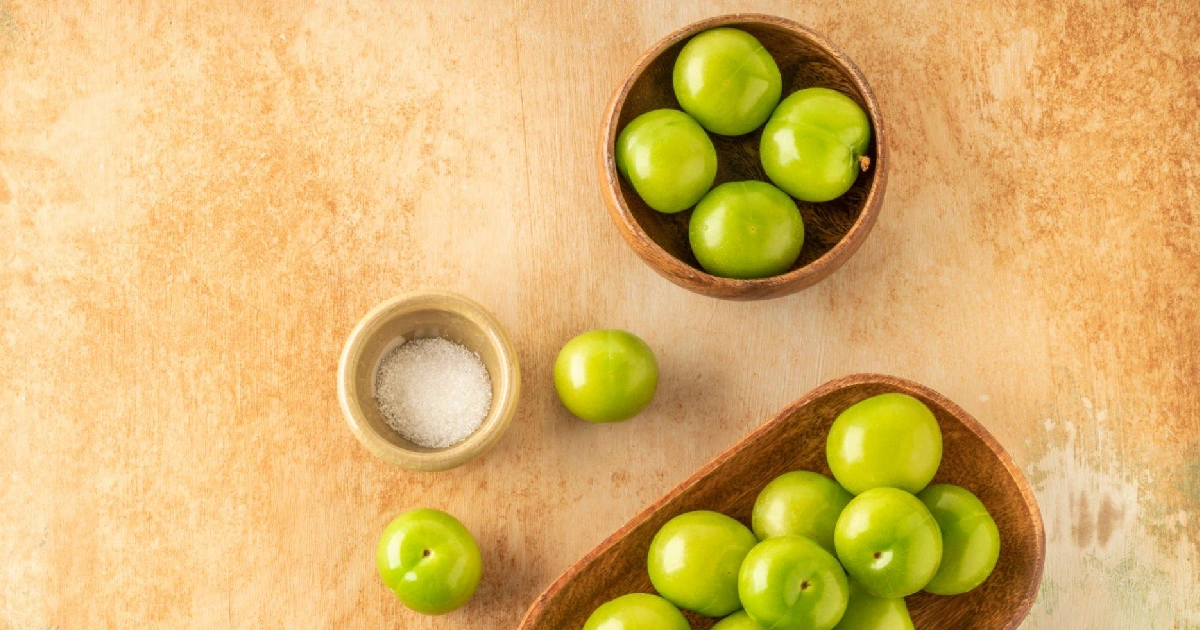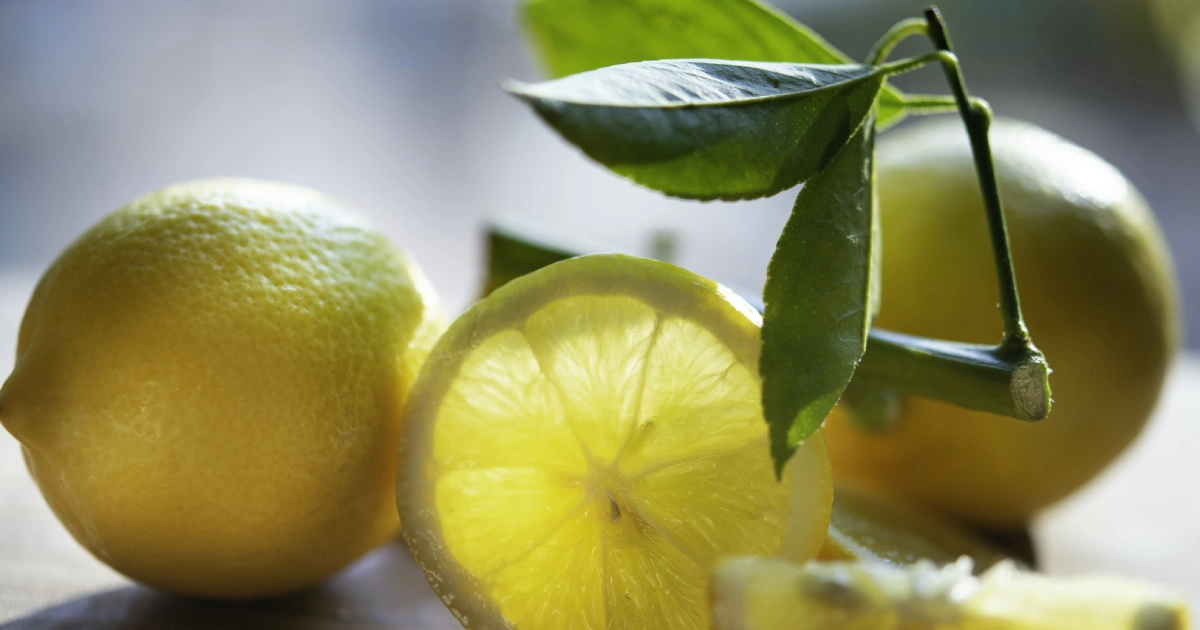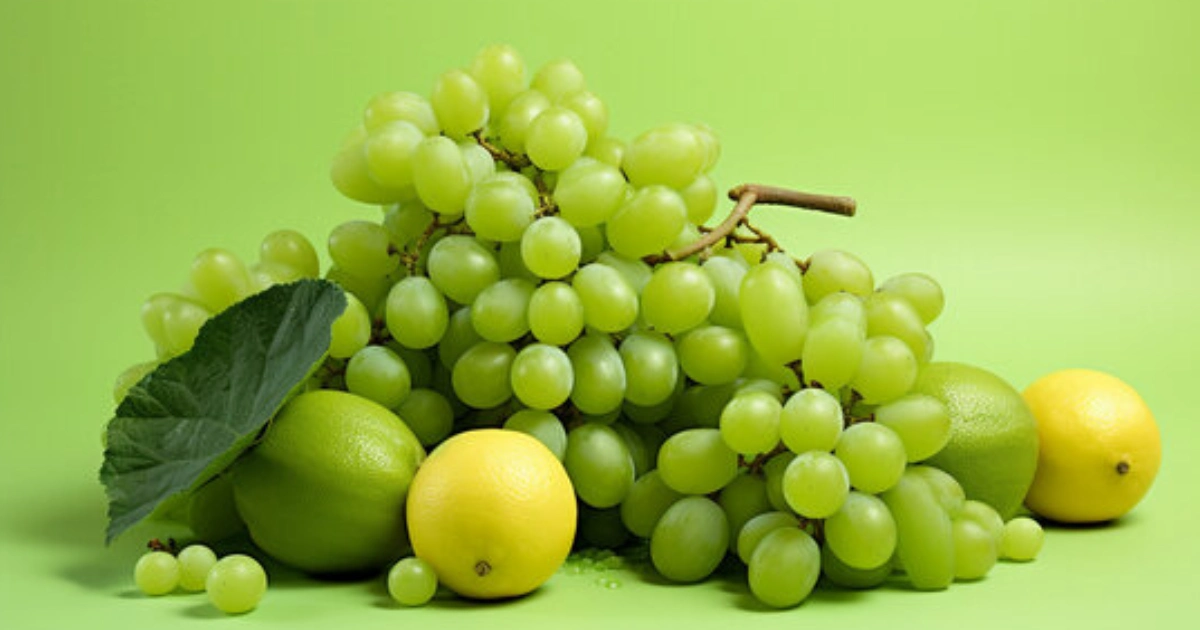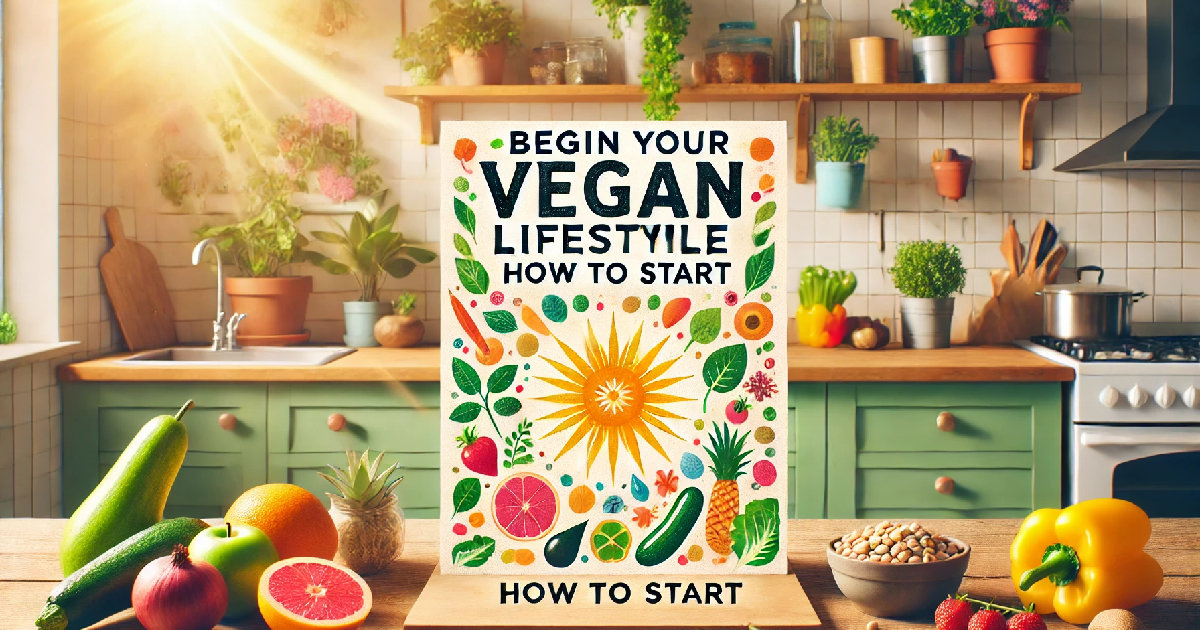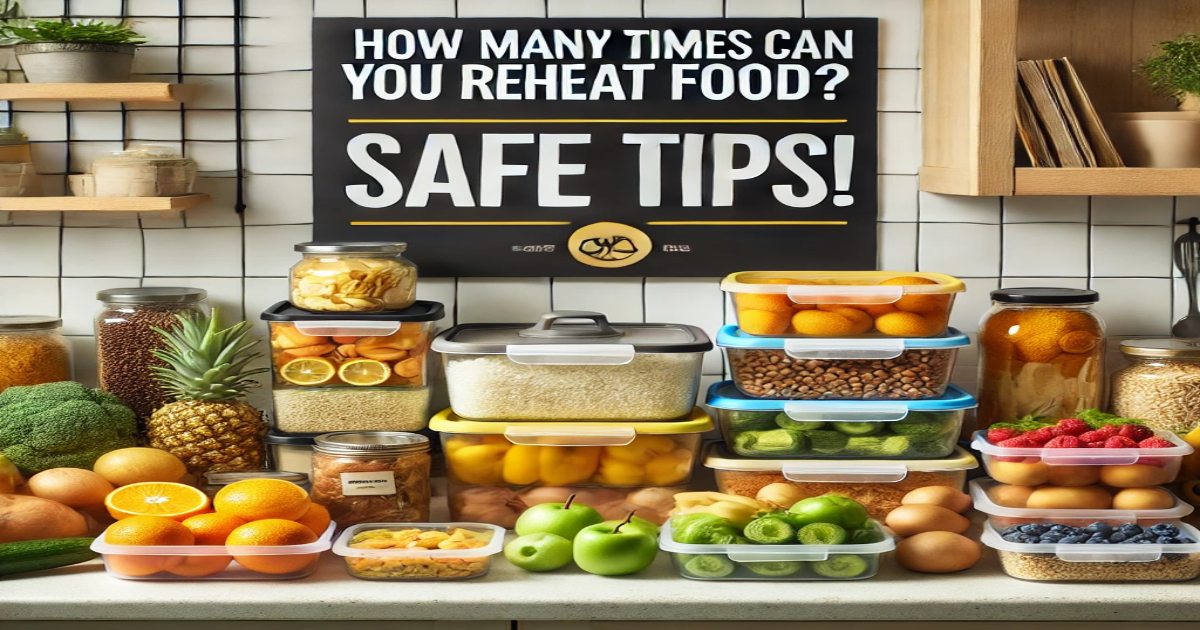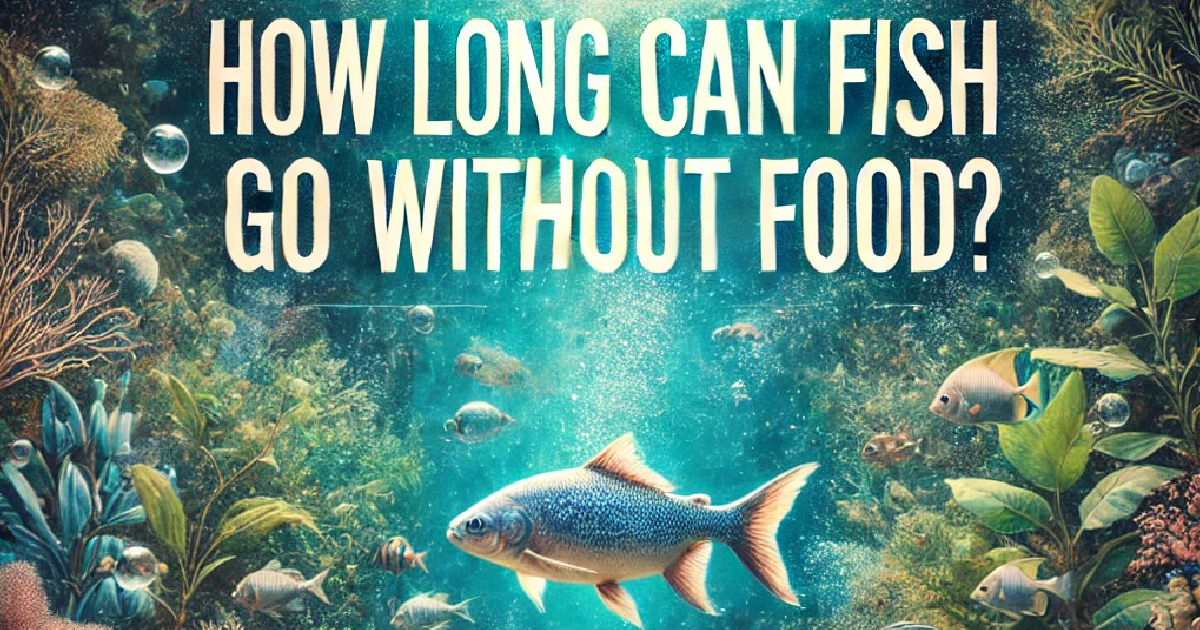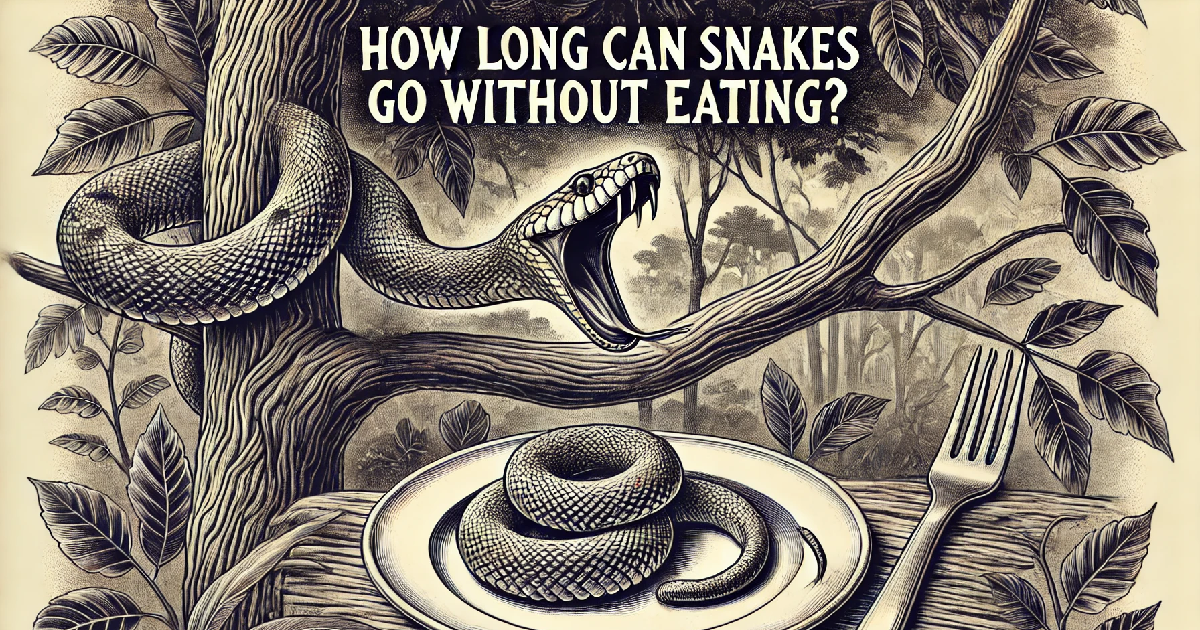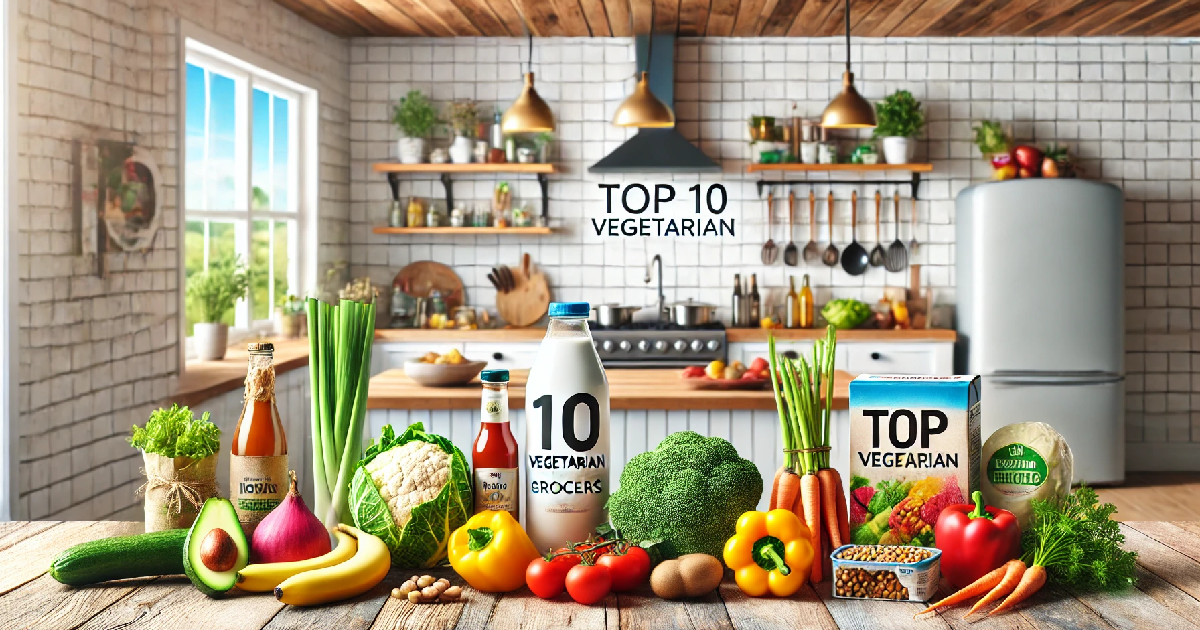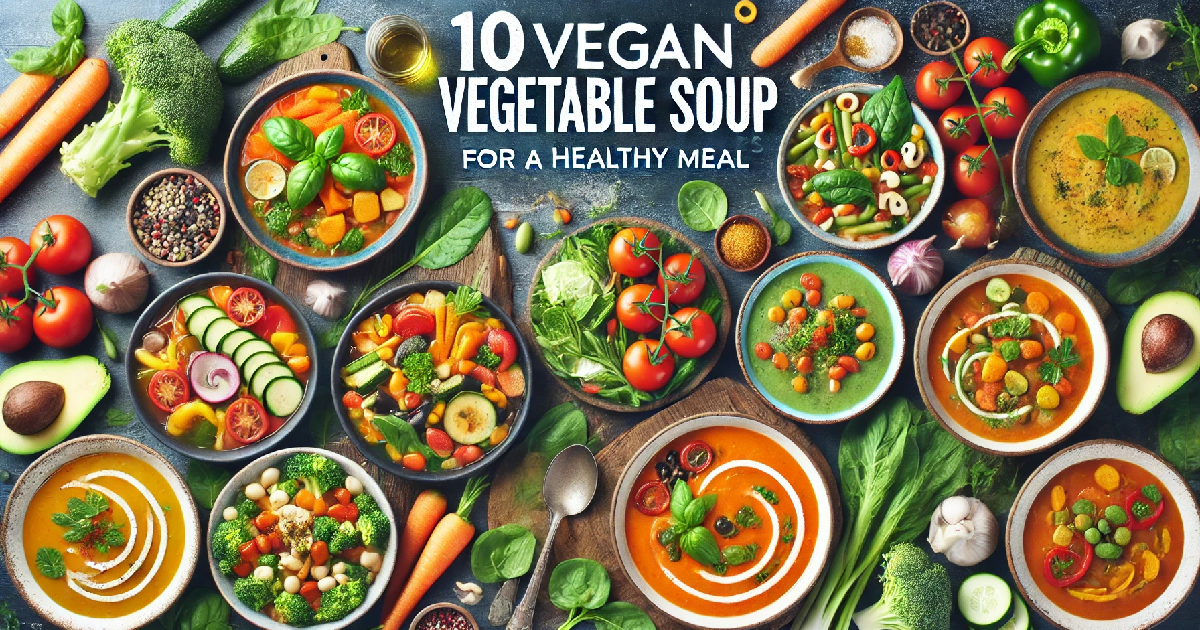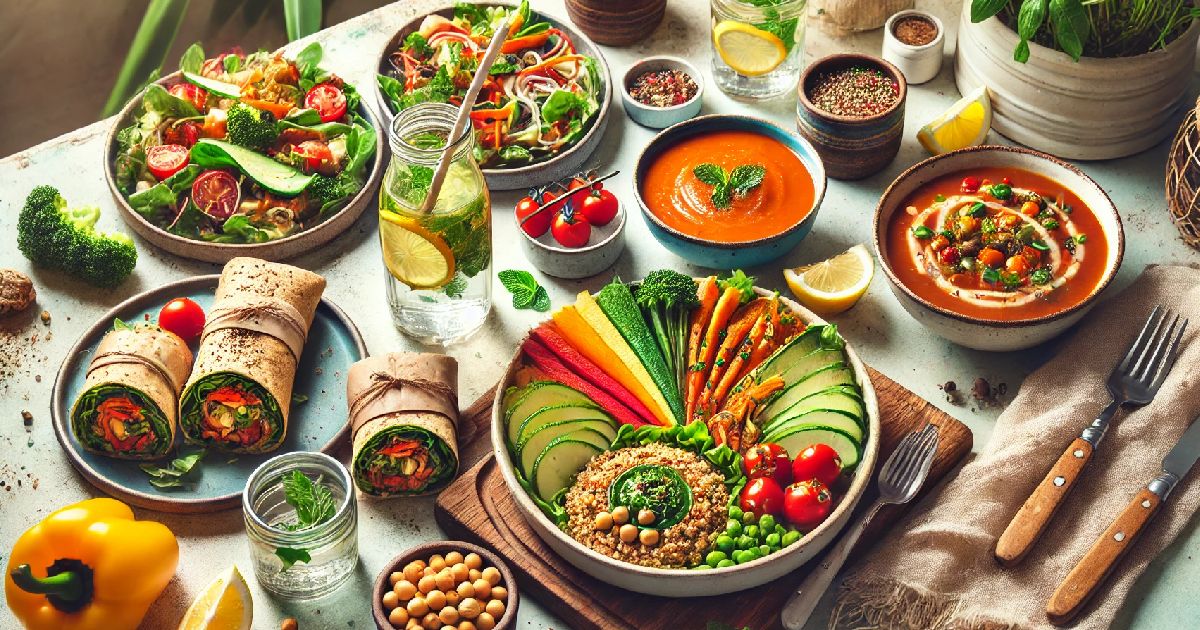Introduction
Are you intrigued by the idea of going vegan but worried about the potential impact on your wallet? The good news is that adopting a vegan lifestyle doesn’t have to break the bank. With savvy planning and smart choices, you can enjoy the health benefits, ethical satisfaction, and environmental advantages of veganism without straining your finances.
Imagine nourishing your body with vibrant, plant-based foods while still having money left over for the other things you love. Whether you’re a seasoned vegan looking to trim your grocery bills or a curious beginner wondering how to go vegan on a budget, this guide is tailored just for you. We will explore practical tips, budget-friendly meal plans, and insider tricks to make vegan living affordable and accessible.
In a world where food prices seem to be constantly on the rise, learning how to maximize your grocery budget while staying true to your values is more relevant than ever. By the end of this post, you’ll be armed with all the tools you need to embark on a wallet-friendly vegan journey. So, let’s dive in and discover how to enjoy a delicious, nourishing, and budget-conscious vegan lifestyle!
How to Go Vegan on a Budget ?
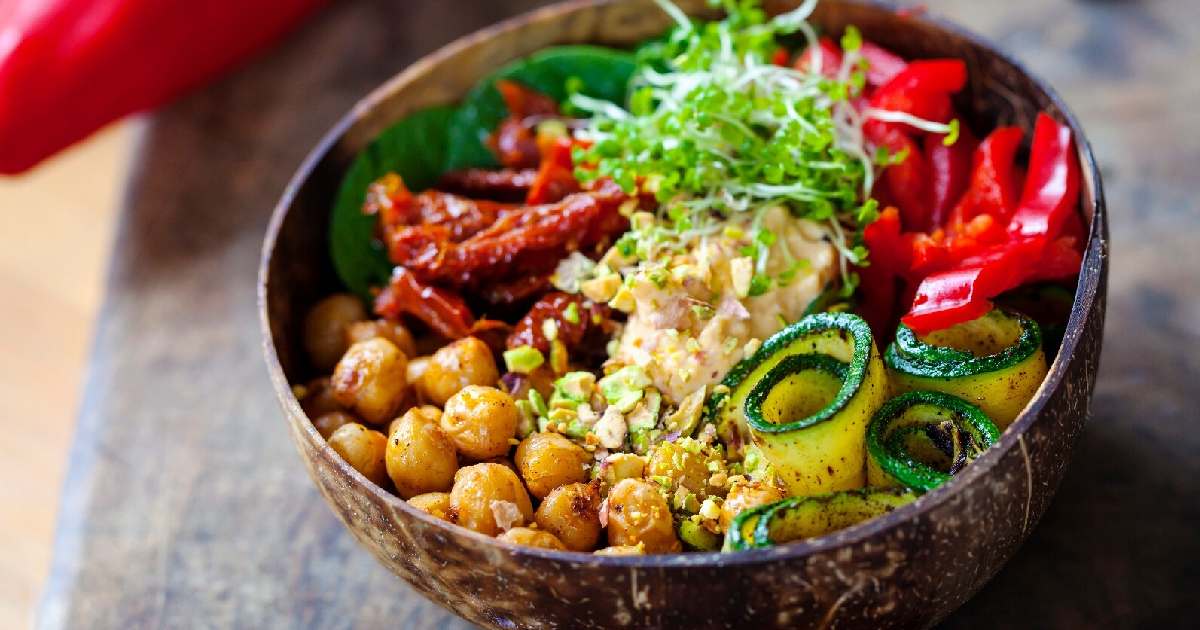
Understanding Veganism
What is veganism?
Veganism is a lifestyle choice that excludes all animal products. It embraces a diet rich in fruits, vegetables, grains, nuts, and seeds. This approach extends beyond diet, often influencing other aspects of life such as clothing and cosmetics.
Benefits of a vegan diet
A vegan diet offers numerous health benefits. It can lower the risk of chronic diseases such as heart disease and diabetes. Additionally, it promotes environmental sustainability by reducing the demand for animal farming.
Plan Your Meals
Importance of meal planning
Meal planning is crucial for a budget-friendly vegan diet. It helps you avoid impulsive buys and ensures a balanced intake of nutrients. By planning your meals, you can make the most of seasonal produce and bulk purchases.
How to create a weekly meal plan
Start by listing your favorite vegan meals. Then, allocate specific meals to each day of the week. Ensure that your meal plan includes a variety of foods to cover all essential nutrients.
One Week Vegan Meal Plan
Creating a one-week vegan meal plan is a great way to stay organized. Here’s an example:
| Day | Breakfast | Lunch | Dinner | Snacks |
|---|---|---|---|---|
| Monday | Oatmeal with fruits | Lentil soup | Veggie stir-fry | Hummus with carrots |
| Tuesday | Smoothie | Chickpea salad | Spaghetti with marinara | Apple slices with peanut butter |
| Wednesday | Avocado toast | Quinoa bowl | Black bean tacos | Trail mix |
| Thursday | Chia pudding | Veggie wrap | Tofu stir-fry | Popcorn |
| Friday | Pancakes with berries | Tomato soup | Lentil curry | Edamame |
| Saturday | Scrambled tofu | Pasta salad | Vegetable paella | Fruit salad |
| Sunday | Vegan yogurt parfait | Buddha bowl | Stuffed peppers | Mixed nuts |
Tips for meal prep and storage
Prepping meals in advance can save time and money. Cook large batches of grains and legumes to use throughout the week. Store them in airtight containers to keep them fresh.
Shop Smart
Budget-friendly vegan staples
Stock up on affordable staples like rice, beans, and lentils. These foods are versatile, nutritious, and inexpensive. Buying in bulk can further reduce costs.
Where to find affordable vegan products
Farmers’ markets and discount stores are great places to find budget-friendly vegan items. Online platforms also offer deals on bulk purchases.
Vegan on a Budget Shopping List
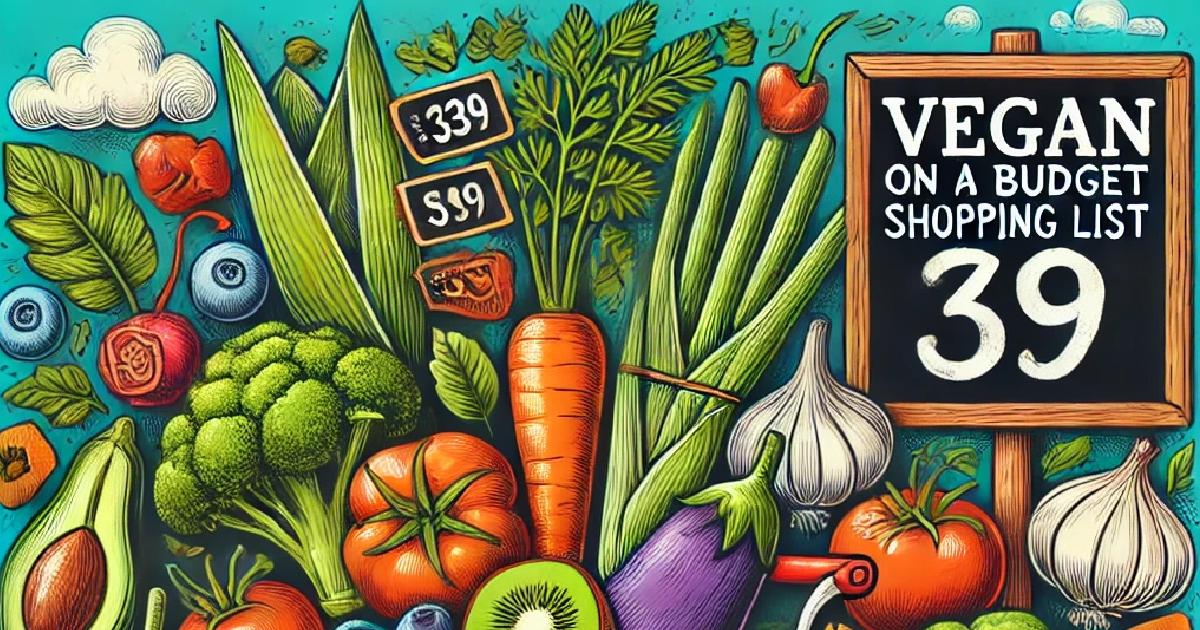
A well-thought-out shopping list can keep you on track. Include items like oats, brown rice, beans, lentils, seasonal vegetables, and fruits. Look for discounts and buy in bulk when possible.
Tips for finding deals and discounts
Keep an eye on weekly flyers and online deals. Join loyalty programs and use coupons. Shopping during sales can also lead to significant savings.
Cook at Home
Benefits of cooking at home
Cooking at home allows you to control ingredients and portion sizes. It’s more cost-effective than eating out and can be healthier. Experimenting with recipes can also make meals more enjoyable.
Simple and cheap vegan recipes
Try recipes like lentil soup, vegetable stir-fry, and chickpea salad. These meals are easy to prepare and packed with nutrients. Batch cooking can save time and money.
Vegan Diet Example
Here’s a sample daily menu:
- Breakfast: Oatmeal with fruits.
- Lunch: Chickpea salad.
- Dinner: Veggie stir-fry.
- Snacks: Hummus with carrots.
This menu provides a balanced intake of carbohydrates, protein, and fats.
Is it Possible to Be Vegan on a Budget?
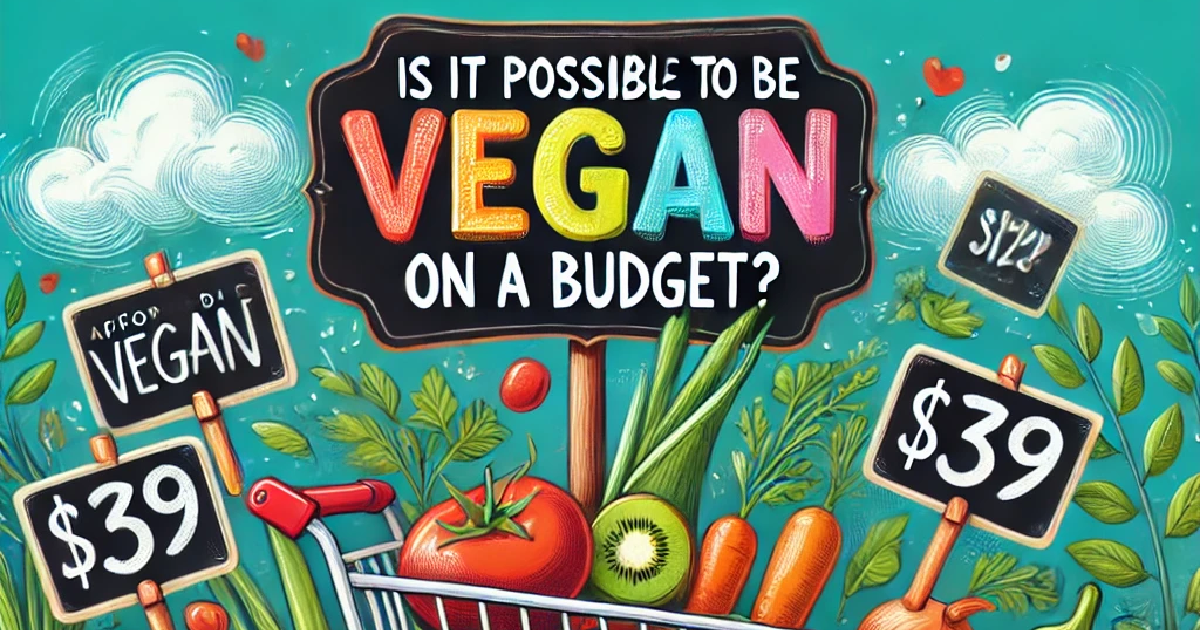
Yes, it is absolutely possible to be vegan on a budget. By making smart choices and utilizing resources effectively, you can maintain a healthy vegan diet without overspending. The key is to plan ahead, shop wisely, and take advantage of community support.
Practical Tips
Strategies for sticking to a budget
To stick to a budget, start by planning your meals in advance. Create a vegan meal plan that incorporates affordable staples like beans, lentils, rice, and seasonal vegetables. This helps prevent impulsive purchases and reduces food waste.
Utilizing local resources can significantly cut costs. Farmers’ markets often offer fresh produce at lower prices than supermarkets. Food co-ops provide bulk buying options, which can save money on grains, nuts, and other pantry staples.
Consider buying generic or store-brand products. These are often cheaper than branded items but offer the same quality. Look for discounts and coupons, and shop during sales to maximize your savings.
Here’s an example table for a budget-friendly vegan shopping list:
| Item | Quantity | Price Estimate ($) |
|---|---|---|
| Brown Rice | 2 lbs | 2.00 |
| Black Beans | 1 lb | 1.50 |
| Lentils | 1 lb | 1.50 |
| Oats | 1 lb | 2.00 |
| Seasonal Vegetables | 5 lbs | 10.00 |
| Seasonal Fruits | 5 lbs | 10.00 |
| Tofu | 2 blocks | 4.00 |
| Plant-Based Milk | 1 quart | 3.00 |
| Total | – | 34.00 |
By following these strategies, you can create a budget vegan meal plan that’s nutritious and cost-effective.
Community Support
Joining vegan communities for support and advice
Joining vegan communities can provide valuable support and advice. Online forums, social media groups, and local meetups offer a wealth of information on how to go vegan on a budget. Members share tips, recipes, and shopping hacks.
Sharing and swapping recipes is another great benefit of being part of a vegan community. You can discover new budget-friendly dishes and learn how to make the most of your ingredients. This collaborative approach not only saves money but also keeps your meals exciting and varied.
Additionally, community support can help you stay motivated and committed to your vegan lifestyle. Engaging with others who share your values makes the journey more enjoyable and sustainable.
How Can I Make My Vegan Diet Affordable?
Making your vegan diet affordable is all about strategic planning and smart shopping. By focusing on cheap vegan staples and effective meal planning, you can enjoy a nutritious vegan lifestyle without overspending. Let’s dive into the details.
Cheap Vegan Staples
Affordable vegan staples are the backbone of a budget-friendly diet. Grains, legumes, and vegetables are not only cost-effective but also versatile and nutritious.
Examples of affordable grains include brown rice, oats, and whole wheat pasta. These grains are filling, easy to cook, and provide essential carbohydrates and fiber.
Legumes like lentils, chickpeas, and black beans are excellent sources of protein and fiber. They are cheap, especially when bought in bulk, and can be used in a variety of dishes from soups to salads.
Vegetables such as carrots, potatoes, and cabbage are both affordable and nutritious. Buying seasonal vegetables can further reduce costs and ensure you’re getting the freshest produce.
Here’s a quick list of cheap vegan staples:
- Grains: Brown rice, oats, quinoa
- Legumes: Lentils, chickpeas, black beans
- Vegetables: Carrots, potatoes, cabbage
- Fruits: Bananas, apples, oranges
- Nuts and Seeds: Sunflower seeds, peanuts, flaxseeds
Meal Planning on a Budget
Effective meal planning is key to making your vegan diet affordable. Start by creating a weekly menu that incorporates your cheap vegan staples. This helps you avoid last-minute purchases and reduces food waste.
To plan cost-effective meals, focus on simple recipes that use minimal ingredients. Batch cooking is a great strategy, as it saves time and money. Cook large quantities of grains and legumes, and use them in different meals throughout the week.
For example, cook a big pot of lentils and use them in soups, salads, and stews. This approach maximizes the use of your ingredients and minimizes waste.
Budget Vegan Meal Plan
Here’s a detailed plan for eating vegan on a budget for one week:
| Day | Breakfast | Lunch | Dinner | Snacks |
|---|---|---|---|---|
| Monday | Oatmeal with bananas | Lentil soup | Veggie stir-fry with rice | Apple slices with peanut butter |
| Tuesday | Smoothie (banana, spinach) | Chickpea salad | Spaghetti with marinara | Carrot sticks with hummus |
| Wednesday | Avocado toast | Quinoa bowl | Black bean tacos | Trail mix |
| Thursday | Chia pudding | Veggie wrap | Tofu stir-fry with noodles | Popcorn |
| Friday | Pancakes with berries | Tomato soup | Lentil curry with rice | Edamame |
| Saturday | Scrambled tofu | Pasta salad | Vegetable paella | Fruit salad |
| Sunday | Vegan yogurt parfait | Buddha bowl | Stuffed peppers | Mixed nuts |
Each meal in this plan is designed to be affordable and easy to prepare. The ingredients are simple, and many of them can be bought in bulk.
By following this budget vegan meal plan, you can ensure that your diet is both nutritious and cost-effective. Meal planning helps you stay organized, reduces food waste, and makes it easier to stick to your budget.
Is it Cheaper to Be Vegan or Vegetarian?
Deciding between a vegan and vegetarian diet often comes down to personal preferences and financial considerations. Both diets can be budget-friendly, but there are distinct differences in typical expenses and food choices.
Cost Comparison
Breakdown of typical expenses for both diets
Generally, a vegan diet excludes all animal products, including dairy and eggs, while a vegetarian diet includes them. This difference can impact the cost of groceries.
For instance, dairy products and eggs can sometimes be more expensive than plant-based alternatives like tofu and legumes. However, vegan specialty items such as non-dairy cheeses and meat substitutes can be costly.
A typical vegan grocery list might include:
- Grains: Brown rice, oats, quinoa
- Legumes: Lentils, chickpeas, black beans
- Vegetables: Carrots, potatoes, cabbage
- Fruits: Bananas, apples, oranges
- Nuts and Seeds: Sunflower seeds, peanuts, flaxseeds
A vegetarian grocery list could also include:
- Dairy: Milk, cheese, yogurt
- Eggs
Pros and cons of vegan vs. vegetarian diets from a financial perspective
From a financial perspective, vegan diets can be cheaper if you focus on whole foods like grains, beans, and seasonal vegetables. These items are often less expensive and more versatile.
However, vegetarian diets can sometimes be more economical due to the availability of bulk dairy products and eggs. These items can add variety and nutrition to meals at a lower cost compared to vegan specialty products.
The key is to balance your diet with affordable staples and limit expensive specialty items.
Budget-Friendly Options
Affordable food choices for both diets
Both vegan and vegetarian diets offer a range of affordable food choices. Here are some budget-friendly options:
- Vegan: Brown rice, oats, lentils, chickpeas, seasonal vegetables, bananas, apples
- Vegetarian: Bulk dairy products (milk, cheese), eggs, whole grains, legumes
Tips for saving money regardless of diet choice
Regardless of whether you choose a vegan or vegetarian diet, there are several strategies to save money:
- Buy in bulk: Purchase grains, legumes, nuts, and seeds in bulk to save money.
- Shop seasonal: Seasonal fruits and vegetables are usually cheaper and fresher.
- Meal planning: Plan your meals to avoid food waste and reduce impulsive buys.
- Cook at home: Preparing meals at home is often more cost-effective than eating out.
Here’s a comparative table for a week’s worth of groceries for both diets:
| Item | Vegan Cost ($) | Vegetarian Cost ($) |
|---|---|---|
| Brown Rice (2 lbs) | 2.00 | 2.00 |
| Oats (1 lb) | 2.00 | 2.00 |
| Lentils (1 lb) | 1.50 | 1.50 |
| Chickpeas (1 lb) | 1.50 | 1.50 |
| Carrots (2 lbs) | 2.00 | 2.00 |
| Potatoes (5 lbs) | 3.00 | 3.00 |
| Bananas (2 lbs) | 1.00 | 1.00 |
| Apples (2 lbs) | 2.00 | 2.00 |
| Milk (1 gallon) | – | 3.00 |
| Cheese (1 lb) | – | 4.00 |
| Eggs (1 dozen) | – | 2.00 |
| Total | 15.00 | 24.00 |
This table illustrates that a vegan diet can be more cost-effective if you focus on whole foods. However, the actual cost may vary based on local prices and personal preferences.
How to Go 100% Vegan?
Transitioning to a 100% vegan lifestyle is a significant and rewarding commitment. By following a gradual transition and ensuring a balanced diet, you can successfully adopt a fully vegan lifestyle while maintaining your health and budget.
Gradual Transition
Steps for transitioning to a fully vegan diet
Start by gradually reducing animal products from your diet. Begin with one vegan meal a day, then progress to entire vegan days each week. This approach allows your body and taste preferences to adapt gradually.
Replace animal products with plant-based alternatives. For example, use almond or soy milk instead of cow’s milk and replace meat with tofu or legumes. Experiment with different vegan foods to discover new favorites.
Educate yourself about vegan nutrition and cooking. Read books, follow vegan blogs, and join online communities. This will help you gain confidence and knowledge about maintaining a healthy vegan diet.
Consider the following steps for a gradual transition:
- Week 1: Replace dairy milk with plant-based milk.
- Week 2: Have one vegan meal per day.
- Week 3: Increase to two vegan meals per day.
- Week 4: Adopt a fully vegan diet on weekdays.
- Week 5: Transition to a 100% vegan diet.
Maintaining a Balanced Diet
Ensuring nutritional adequacy
A balanced vegan diet should provide all essential nutrients. Focus on a variety of whole foods, including fruits, vegetables, grains, legumes, nuts, and seeds. These foods supply vital nutrients like protein, iron, calcium, and vitamins.
Supplement your diet with vitamin B12, as it is primarily found in animal products. Consider fortified foods or a B12 supplement to meet your needs. Additionally, ensure adequate intake of omega-3 fatty acids through flaxseeds, chia seeds, and walnuts.
Vegan Diet Meal Plan
Creating a balanced vegan meal plan is essential for nutritional adequacy. Here’s an example:
| Meal | Example | Nutritional Highlights |
|---|---|---|
| Breakfast | Oatmeal with flaxseeds and berries | Fiber, omega-3s, antioxidants |
| Snack | Apple slices with almond butter | Healthy fats, protein |
| Lunch | Quinoa salad with chickpeas | Protein, iron, complex carbohydrates |
| Snack | Carrot sticks with hummus | Fiber, vitamins A and C |
| Dinner | Stir-fried tofu with vegetables | Protein, calcium, vitamins |
| Dessert | Chia pudding with almond milk | Omega-3s, calcium, magnesium |
Tips for maintaining a balanced diet:
- Diversify your plate: Include various fruits and vegetables to cover all micronutrients.
- Combine foods: Pair iron-rich foods with vitamin C sources to enhance absorption.
- Stay hydrated: Drink plenty of water and consider herbal teas.
How to Go Vegan on a Budget for Beginners?
Starting a vegan lifestyle on a budget can be a fulfilling and manageable process. By following a few key steps and being mindful of your purchases, you can transition smoothly and maintain a nutritious, cost-effective vegan diet.
Getting Started
Initial steps for new vegans
Begin by educating yourself about veganism. Read books, watch documentaries, and follow vegan blogs to understand the principles and benefits of a vegan diet.
Start incorporating more plant-based meals into your diet gradually. Replace one meal a day with a vegan option, then increase this number as you become more comfortable.
Common challenges include finding vegan-friendly products and learning new recipes. To overcome these, plan your meals ahead and experiment with simple, affordable vegan dishes. Join online communities for support and inspiration.
Steps for getting started:
- Educate yourself about veganism.
- Gradually incorporate vegan meals.
- Plan your meals and experiment with recipes.
- Join vegan communities for support.
Beginner’s Shopping Guide
Essential items for a beginner’s vegan pantry
A well-stocked pantry is crucial for a successful vegan diet. Focus on versatile and affordable staples that can be used in various dishes.
Here’s a list of essential items:
- Grains: Brown rice, quinoa, oats
- Legumes: Lentils, chickpeas, black beans
- Nuts and Seeds: Almonds, sunflower seeds, chia seeds
- Fruits and Vegetables: Apples, bananas, carrots, spinach
- Spices and Condiments: Soy sauce, nutritional yeast, garlic powder
These items provide a foundation for numerous meals and snacks, making it easier to stick to a vegan diet without overspending.
Sample beginner’s shopping list:
| Day | Breakfast | Lunch | Dinner | Snacks |
|---|---|---|---|---|
| Monday | Oatmeal with bananas | Lentil soup | Veggie stir-fry with rice | Apple slices with peanut butter |
| Tuesday | Smoothie (banana, spinach) | Chickpea salad | Spaghetti with marinara | Carrot sticks with hummus |
| Wednesday | Avocado toast | Quinoa bowl | Black bean tacos | Trail mix |
| Thursday | Chia pudding | Veggie wrap | Tofu stir-fry with noodles | Popcorn |
| Friday | Pancakes with berries | Tomato soup | Lentil curry with rice | Edamame |
| Saturday | Scrambled tofu | Pasta salad | Vegetable paella | Fruit salad |
| Sunday | Vegan yogurt parfait | Buddha bowl | Stuffed peppers | Mixed nuts |
Budget Tips
Money-saving tips for vegan beginners
To save money, buy in bulk whenever possible. Grains, legumes, nuts, and seeds are often cheaper when purchased in larger quantities.
Focus on seasonal produce as it tends to be more affordable and fresher. Plan your meals around these items to maximize your budget.
Cook at home rather than eating out. Homemade meals are not only cheaper but also healthier. Batch cooking and freezing portions can save time and reduce food waste.
Additional budget tips:
- Use coupons and discounts: Look for deals in stores and online.
- Shop at local markets: Farmers’ markets often have better prices than supermarkets.
- Avoid processed foods: Stick to whole foods to save money and eat healthier.
How to Go Vegan on a Budget for a Week?
Planning your vegan meals for a week on a budget can simplify your shopping, reduce waste, and save money. By focusing on affordable, nutritious ingredients, you can create a delicious and cost-effective meal plan.
Weekly Planning
How to plan meals for a week on a budget
Start by assessing what you already have in your pantry. This will help you avoid buying unnecessary items. Next, plan your meals around versatile, budget-friendly staples like grains, beans, and seasonal vegetables.
Create a detailed meal plan for the week. This should include breakfast, lunch, dinner, and snacks. Focus on simple recipes that require minimal ingredients and can be prepared in bulk.
Batch cooking is a great way to save time and money. Cook large quantities of grains and legumes, then use them in various meals throughout the week. This approach reduces food waste and ensures you always have something ready to eat.
7-Day Vegan Meal Plan
Here’s a detailed plan for a week of budget-friendly vegan meals:
| Day | Breakfast | Lunch | Dinner | Snacks |
|---|---|---|---|---|
| Monday | Oatmeal with bananas | Lentil soup | Veggie stir-fry with rice | Apple slices with peanut butter |
| Tuesday | Smoothie (banana, spinach) | Chickpea salad | Spaghetti with marinara | Carrot sticks with hummus |
| Wednesday | Avocado toast | Quinoa bowl | Black bean tacos | Trail mix |
| Thursday | Chia pudding | Veggie wrap | Tofu stir-fry with noodles | Popcorn |
| Friday | Pancakes with berries | Tomato soup | Lentil curry with rice | Edamame |
| Saturday | Scrambled tofu | Pasta salad | Vegetable paella | Fruit salad |
| Sunday | Vegan yogurt parfait | Buddha bowl | Stuffed peppers | Mixed nuts |
This meal plan focuses on affordable, easy-to-prepare dishes. Each meal includes a good balance of protein, carbohydrates, and healthy fats to keep you satisfied and nourished.
7-Day Vegan Meal Plan with Grocery List
A complete grocery list ensures you have all the ingredients needed for the week. Here’s an example:
| Item | Quantity | Price Estimate ($) |
|---|---|---|
| Brown Rice | 2 lbs | 2.00 |
| Lentils | 1 lb | 1.50 |
| Chickpeas | 1 lb | 1.50 |
| Oats | 1 lb | 2.00 |
| Bananas | 2 lbs | 1.00 |
| Spinach | 1 bunch | 2.50 |
| Carrots | 2 lbs | 2.00 |
| Potatoes | 5 lbs | 3.00 |
| Tomatoes | 2 lbs | 3.00 |
| Tofu | 2 blocks | 4.00 |
| Avocados | 4 | 4.00 |
| Berries | 2 lbs | 4.00 |
| Bell Peppers | 3 | 3.00 |
| Apples | 2 lbs | 2.00 |
| Almond Milk | 1 quart | 3.00 |
| Peanut Butter | 1 jar | 2.50 |
| Hummus | 1 tub | 3.00 |
| Total | – | 45.00 |
Tips for efficient shopping:
- Buy in bulk: Purchase grains, legumes, nuts, and seeds in larger quantities to save money.
- Shop seasonal: Focus on fruits and vegetables that are in season as they tend to be cheaper and fresher.
- Use coupons and discounts: Look for deals in stores and online to cut costs further.
- Stick to the list: Avoid impulse buys by adhering strictly to your grocery list.
Planning your meals and shopping efficiently can make a vegan diet not only affordable but also enjoyable and nutritious. By following this 7-day vegan meal plan and grocery list, you can easily stay within your budget while enjoying a variety of delicious meals.
Vegan on a Budget Cookbook
Creating or using a budget-friendly vegan cookbook can be a game-changer for anyone looking to maintain a vegan diet without overspending. With the right resources and a bit of creativity, you can enjoy delicious, nutritious meals every day.
Recommended Cookbooks
Popular cookbooks focused on budget-friendly vegan recipes
There are several excellent cookbooks specifically designed to help you cook vegan meals on a budget. These books are filled with simple, affordable recipes that make the most of inexpensive ingredients.
- “Thug Kitchen: The Official Cookbook” by Thug Kitchen. This book offers a variety of budget-friendly vegan recipes with a fun and engaging style. The recipes are easy to follow and use readily available ingredients.
- “Eat Vegan on $4 a Day” by Ellen Jaffe Jones. This cookbook focuses on affordable meals that cost around $4 per serving. It includes a range of recipes, from breakfast to dinner, all designed to be both economical and nutritious.
- “Plant-Based on a Budget” by Toni Okamoto. Toni’s cookbook is perfect for those looking to save money while enjoying delicious plant-based meals. It includes meal plans and shopping tips to help you stay within your budget.
- “Frugal Vegan: Affordable, Easy & Delicious Vegan Cooking” by Katie Koteen and Kate Kasbee. This book features recipes that are both cost-effective and satisfying, with an emphasis on whole foods and minimal processed ingredients.
These cookbooks provide a wealth of inspiration for anyone wondering how to go vegan on a budget.
DIY Recipe Collection
How to create your own budget-friendly vegan recipe book
Creating your own recipe collection can be a rewarding and practical way to ensure you always have budget-friendly meal ideas at hand. Start by compiling your favorite recipes from various sources.
- Gather Recipes: Collect recipes from cookbooks, websites, and vegan blogs that you enjoy and find affordable. Focus on those that use inexpensive, easily accessible ingredients.
- Organize by Category: Divide your recipes into categories such as breakfast, lunch, dinner, snacks, and desserts. This makes it easier to find what you need when planning meals.
- Include Cost Information: Note the approximate cost of each recipe. This helps you track your spending and choose recipes that fit your budget.
- Customize to Your Preferences: Modify recipes to suit your taste and dietary needs. For example, if a recipe calls for an expensive ingredient, find a cheaper substitute.
- Use a Binder or Digital Format: Keep your recipes organized in a binder or a digital document. This allows for easy updates and additions as you discover new recipes.
Example Table for a DIY Recipe Collection:
| Recipe | Category | Estimated Cost ($) | Ingredients Needed |
|---|---|---|---|
| Oatmeal with Bananas | Breakfast | 1.00 | Oats, bananas, almond milk |
| Lentil Soup | Lunch | 2.50 | Lentils, carrots, celery, spices |
| Veggie Stir-Fry | Dinner | 3.00 | Mixed vegetables, tofu, soy sauce |
| Chia Pudding | Snack | 2.00 | Chia seeds, almond milk, berries |
| Apple Slices with PB | Snack | 1.50 | Apples, peanut butter |
By creating a personalized vegan recipe book, you can easily plan meals, shop for groceries, and stay within your budget. This DIY approach ensures that you always have a variety of delicious, affordable vegan meals at your fingertips.
Conclusion
Embracing a vegan lifestyle on a budget is not only possible but also rewarding. Throughout this blog, we discussed essential tips for planning affordable meals, stocking a budget-friendly pantry, and utilizing resources like cookbooks and community support. We also provided detailed meal plans and shopping lists to guide you on your journey.
Transitioning to a vegan diet doesn’t have to be financially stressful. With careful planning and a focus on simple, whole foods, you can enjoy a nutritious, delicious diet without breaking the bank. Whether you’re a beginner or looking to refine your budget strategies, the key is to stay creative and resourceful.
As you embark on this journey, remember that every small step towards a vegan lifestyle is a step towards better health, environmental sustainability, and ethical living. Consider the impact of your choices, not just on your wallet, but on the world around you. By choosing plant-based options, you contribute to a more sustainable future.
Ultimately, adopting a vegan lifestyle on a budget challenges us to rethink our relationship with food and finances. It encourages us to find joy in simplicity, to innovate in the kitchen, and to connect with a community of like-minded individuals. Embrace this journey with an open mind and a hopeful heart, knowing that every meal you prepare is a testament to your commitment to health, compassion, and sustainability.
In a world where the cost of living can often feel overwhelming, let your vegan journey be a source of empowerment and inspiration. You have the tools and knowledge to thrive on a budget-friendly vegan diet, so take the leap and discover the abundance that a plant-based lifestyle offers.
FAQs
1. Is it more expensive to be vegan?
No, with proper planning and smart shopping, veganism can be affordable. Focusing on whole foods like grains, beans, and seasonal vegetables can keep costs low.
2. What are some cheap sources of vegan protein?
Beans, lentils, chickpeas, tofu, and tempeh are excellent and affordable sources of protein. These staples are versatile and can be used in a variety of dishes.
3. How can I save money on vegan groceries?
Buy in bulk, shop at farmers’ markets, and opt for seasonal produce. These strategies help reduce costs and ensure you get fresh, high-quality ingredients.
4. Are there any affordable vegan meal delivery services?
Yes, some services offer budget-friendly plans. Companies like Purple Carrot and Veestro provide affordable vegan meal options. However, preparing meals at home is usually cheaper.
5. Can I eat out as a vegan without spending a lot?
Yes, by researching restaurants in advance and choosing budget-friendly options, you can eat out without overspending. Look for restaurants that offer vegan specials or discounts.
6. What is a basic vegan shopping list for beginners?
A basic vegan shopping list for beginners includes grains, beans, lentils, seasonal fruits and vegetables, nuts, seeds, and plant-based milk. These items provide a foundation for various meals.
7. How can I find budget-friendly vegan recipes?
Look online, join vegan communities, and check out budget vegan cookbooks. Websites like budgetbytes.com and apps like Mealime offer numerous affordable vegan recipes.
8. Are there any specific websites or apps for budget veganism?
Yes, websites like budgetbytes.com and apps like Mealime offer budget-friendly vegan recipes. These resources help you find affordable and delicious meal ideas.
9. What are the benefits of a vegan diet besides cost savings?
Health benefits, environmental impact, and ethical considerations are significant advantages of a vegan diet. It can improve your health, reduce your carbon footprint, and prevent animal cruelty.
10. How do I transition to a vegan diet smoothly?
Start gradually, plan your meals, and seek support from the vegan community. Begin by incorporating more plant-based meals, then slowly eliminate animal products from your diet







